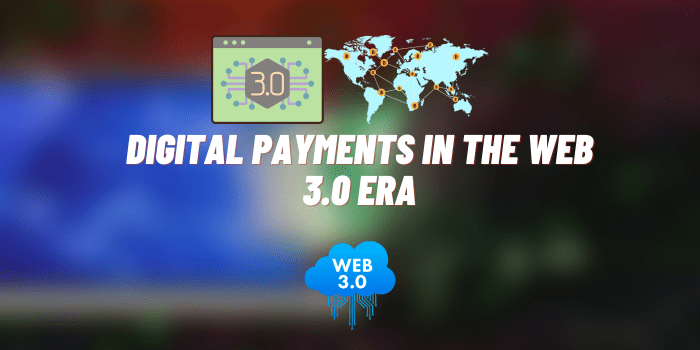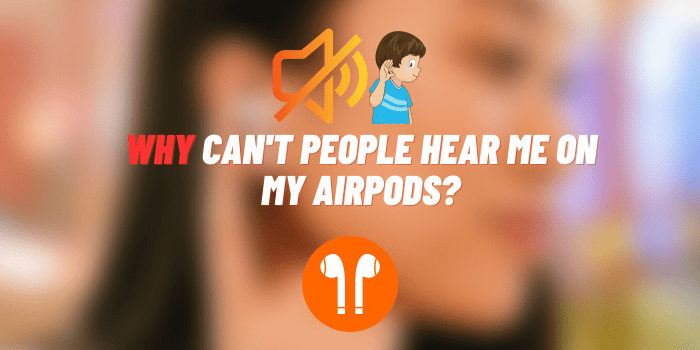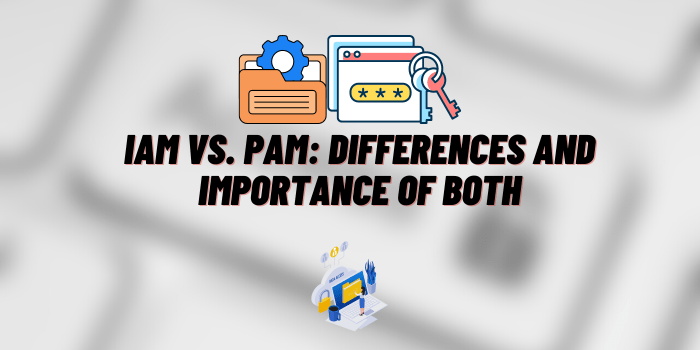Digital Payments in the Web 3.0 Era
In today’s fast-paced world, the manner in which we transact, both in personal and professional spheres, has been fundamentally altered. While cash, checks, and traditional banking methods still have their place, the rise of digital payments is undeniable. Spearheading this transformation and setting industry benchmarks is the innovative approach of digital payments with open banking platform Noda.
Digital Payments: The Future is Here

The progress of digital payments technology has been phenomenal but there is still a long way to go. There is already a broad spectrum of transaction methods on digital devices including smartphones, computers, and smartwatches. The scope of payments is also vast from simple peer-to-peer transfers to complex cross-border transactions.
Convenience Redefined: Perhaps the most tangible benefit of digital payments is the unparalleled convenience they offer. Gone are the days of lengthy bank queues, cumbersome paperwork, and waiting periods. Transactions are now instantaneous, available 24/7, and can be done from the comfort of one’s own home or while on the move.
Global Access: With traditional methods, international transactions were often fraught with delays, high fees, and exchange rate concerns. Digital payments, however, have paved the way for smoother international transactions, democratizing access to global markets for businesses and individuals alike.
Financial Inclusion: One of the less heralded yet profound impacts of digital payments is the push towards financial inclusion. Many regions, especially in developing nations, have populations that are “unbanked” or “underbanked”. With the advent of mobile wallets and other digital payment solutions, these individuals can now access essential financial services without the need for a traditional bank account.
Eco-Friendly: The shift towards digital payments also aligns with global sustainability goals. By reducing the need for physical currency production, transportation, and associated infrastructure, the environmental footprint of our financial activities is improved.
Challenges and Solutions
While the prospects are exciting, the journey is not without its challenges. Security concerns, particularly in the face of increasing cyber threats, are paramount. The solution lies in a combination of robust encryption techniques, multi-factor authentication, and continuous user education.
Another challenge is ensuring that while technology advances, it remains user-friendly. The elderly population or those not tech-savvy can feel alienated. That’s why it is crucial that digital payment platforms maintain intuitive interfaces and provide adequate user support.
Beyond Transactions: The Broader Impact

Digital payments, while transforming transactions, have a ripple effect that goes beyond commerce:
Economic Growth: By streamlining transactions, reducing costs, and improving efficiency, digital payments act as catalysts for economic growth. Businesses can operate more smoothly, leading to increased profits and job creation.
Transparency and Accountability: Digital footprints mean that transactions are traceable. This transparency can deter fraudulent activities, ensure better compliance with tax regulations, and instill greater trust in the financial system.
Data-Driven Insights: Each digital transaction generates data. When analyzed, this data offers insights into consumer behavior, market trends, and economic forecasts. Businesses can leverage these insights to strategize, innovate, and better serve their clientele.
The Future of Digital Payments

The course of digital payments so far indicates that we’re only just scratching the surface. As technologies like blockchain, artificial intelligence, and the Internet of Things (IoT) become more intertwined with our financial systems, the future holds promise:
Tokenization: This refers to replacing sensitive data, like card numbers, with a unique digital identifier. This can significantly bolster security in digital payments.
Integration with IoT: Imagine your refrigerator adding milk to your online shopping basket when it detects you’re running low. While it sounds futuristic, the integration of digital payments with smart devices is on the horizon.
Enhanced User Experiences: With augmented reality (AR) and virtual reality (VR) gaining traction, digital payments could soon be integrated into immersive shopping or entertainment experiences.
In this new era, digital payments have evolved from a trend to a rapidly changing reality.
In this new era, digital payments have evolved from a trend to a rapidly changing reality. Embracing this change, understanding its nuances, and driving innovation will not only redefine commerce but also shape the socioeconomic fabric of our future.






